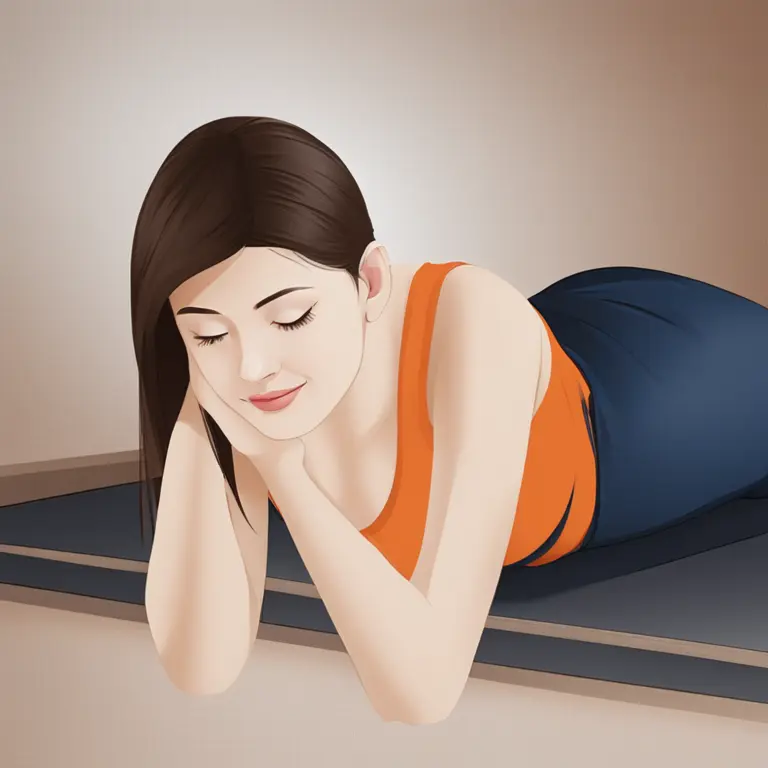
The Art of Breathing During Meditation
Discover the essential techniques for optimal breathing during meditation to enhance your mindfulness and tranquility.
article by Hina Kurosawa
Breathing: The Core of Meditation
Meditation has long been a refuge for those seeking peace and clarity. Central to this ancient practice is the art of breathing, a vital component that connects the mind and body. By focusing on our breath, we access a calming influence that anchors us in the present. This discourse delves into the essence of mindful breathing—an indispensable ally on your journey towards inner serenity. Mastering the subtleties of breath not only enriches your meditation but also extends its benefits into your daily life, fostering a sense of balance and well-being.
Establishing a Comfortable Posture
Before engaging with your breath, it is critical to establish a posture that supports easeful breathing. Choose a position, whether seated or lying down, that allows your diaphragm to move freely. Proper alignment of the spine is imperative—not rigid, but naturally erect—to facilitate the uninhibited flow of air. Comfort should not be overlooked, as it ensures you can maintain your position without distraction. Cushions or supports can be employed to achieve this. Pelvic tilt and shoulder relaxation further contribute to a conducive posture that prepares the foundation for effective breathing techniques.

Diaphragmatic Breathing
Often referred to as belly breathing, diaphragmatic breathing is foundational in meditative practices. Here, the focus shifts from shallow chest movements to a deeper abdominal expansion. Inhale smoothly through the nose, feeling your belly rise, then exhale gently, experiencing the belly's natural fall. This diaphragmatic engagement encourages full oxygen exchange and triggers a relaxation response in the body. As you breathe, your heart rate slows, blood pressure eases, and stress dissipates, creating an environment ripe for meditation’s deeper states.
The Rhythm of Inhales and Exhales
Equilibrium between the inhale and exhale is a nuanced aspect of meditative breathing. Beginners may start with equal counts for each breath cycle, gradually extending the exhale to twice the length of the inhale. This elongated exhalation is a powerful tool to enhance relaxation. Additionally, a brief pause after each inhale or exhale can be introduced, fostering a deeper awareness of the breath's natural flow. It’s important to avoid strain; any modification to your breathing should feel sustainable and comfortable.
Nasal Breathing Over Mouth Breathing
The benefits of nasal breathing are well-documented, especially in the context of meditation. Nasal passages are designed to regulate the air's temperature and humidity before it reaches our lungs. This type of breathing also promotes better filtration and optimal use of our respiratory system. By meditating with a focus on nasal breathing, you can enhance your body's natural rhythms and support overall health. However, those with nasal complications should not be discouraged, as mouth breathing can also be employed when necessary.

Attuning to Natural Cycles
As you deepen your meditation practice, attuning to your body's natural rhythms will become second nature. In the practice of mindfulness, observing your breath without modulation is fundamental. It’s an exercise in surrender, allowing natural breathing patterns to emerge, and witnessing them with non-judgmental awareness. As you refine your observation skills, you may notice subtle shifts in your breath as reflections of your inner state, providing profound insights into your overall well-being.
Integrating Breathing Techniques Beyond Meditation
Breathing exercises practiced during meditation can transcend the session, offering regulatory benefits throughout the day. Techniques such as measured breathing, prolonged exhalation, or mindful breath awareness can be seamlessly incorporated into various activities, serving as invaluable tools for stress management and emotional regulation. By extending these practices beyond your meditation, you foster a continuous connection to the calming power of your breath.
Published: 1/14/2024
Modified: 1/15/2024
More predictions
Come back here soon to learn more about yourself and your future


Mindfulness & Meditation: A Guide for High Schoolers
Discover the benefits of mindfulness meditation tailored for the hectic life of high school students, and learn simple strategies to incorporate it into the daily routine.


Harmonizing Life with Meditation Mantras
Delve into the transformative power of meditation mantras to align mind, body, and spirit for a harmonious existence.


Mindfulness Meditation Basics for First Graders
Introducing foundational mindfulness meditation practices to instill calm and focus in first-grade students.